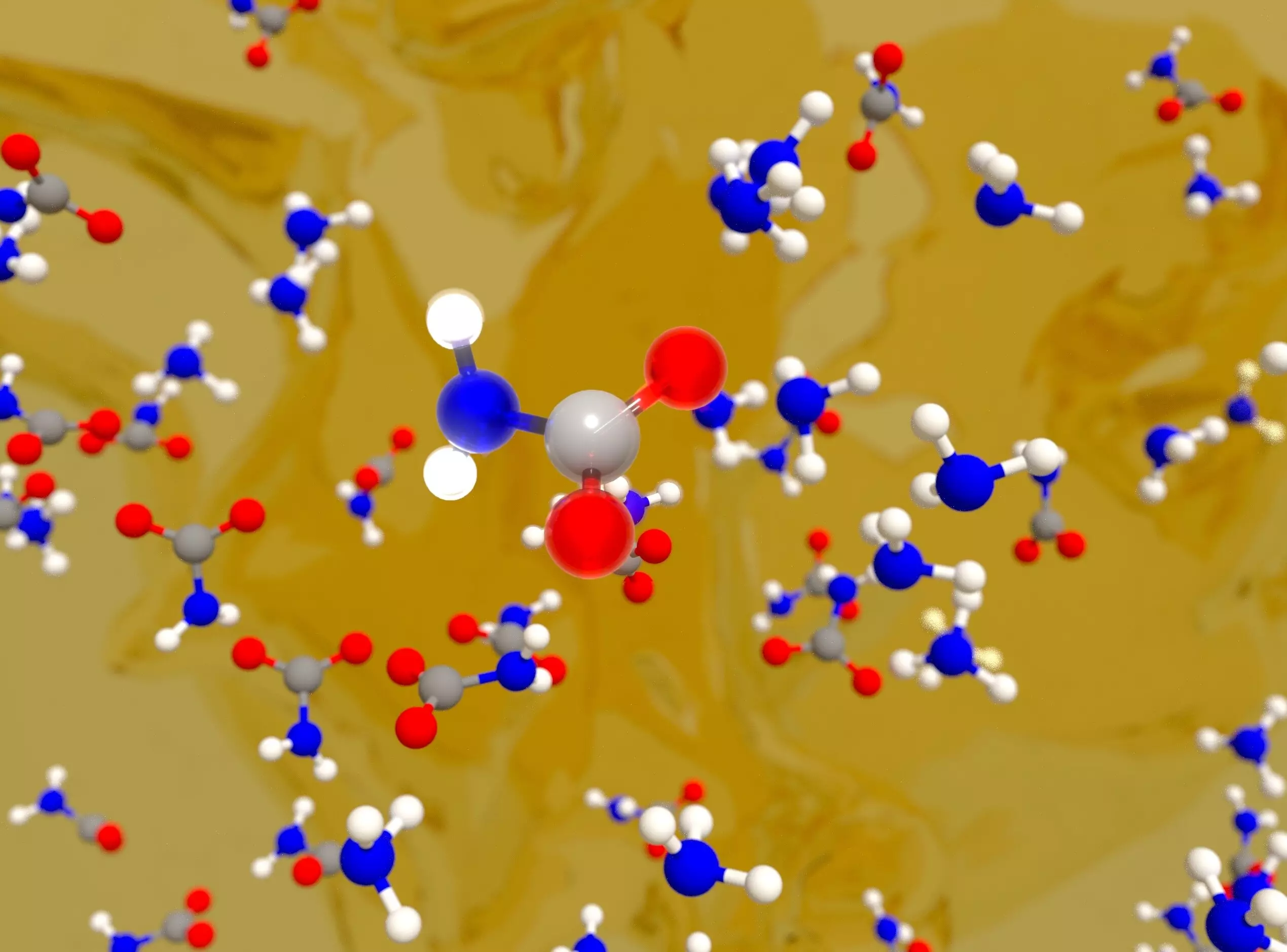In recent years, the urgent need to combat climate change has driven a surge in research and innovation aimed at reducing carbon dioxide (CO2) emissions. Despite broad efforts to transition to renewable energy sources, projections from the U.S. Department of Energy highlight a sobering reality: by 2050, a substantial portion of the nation’s energy supply is expected to remain reliant on non-renewable sources. This stark forecast amplifies the importance of addressing not just the continued reliance on fossil fuels, but also the pressing need for effective carbon capture technologies. Among the promising solutions emerging in this arena is the development of machine-learning models that enhance our understanding of CO2 capture processes, particularly those involving amine-based sorbents.
Amine-based sorbents have garnered attention for their ability to bond with CO2 molecules, effectively capturing them even in environments with dilute concentrations. This characteristic makes them particularly valuable in direct air capture (DAC) technologies, which aim to lower the levels of CO2 in the atmosphere. The affordability and efficiency of these sorbents have resulted in multiple companies scaling up DAC technology, indicating that it is a feasible approach for mitigating the adverse effects of climate change. However, despite these advancements, a significant barrier remains: the limited understanding of the chemical processes governing CO2 capture.
A team of researchers at Lawrence Livermore National Laboratory (LLNL) has made a significant contribution to overcoming this knowledge gap through the development of an innovative machine-learning model. Their research reveals that the capture of CO2 by amines is not merely a straightforward binding process; it involves the intricate formation of carbon-nitrogen bonds coupled with complex solvent-mediated proton transfer mechanisms. Understanding these nuanced interactions is crucial for optimizing the design of sorbents—an area where machine learning can play an instrumental role.
Lead author Marcos Calegari Andrade noted the versatility of their method, which can be expanded to investigate amines with various chemical structures. This adaptability is emblematic of how modern technology, such as machine learning, is revolutionizing the understanding of fundamental chemical processes. The ability to map out these interactions on an atomic level paves the way for more informed decisions in the development of next-generation materials that better capture CO2, thereby contributing to the overarching goal of achieving net-zero greenhouse gas emissions.
The LLNL research team’s integration of grand-canonical Monte Carlo simulations with advanced sampling methods in molecular dynamics culminated in results that are not merely theoretical but directly translatable to experimental settings. This creates a vital feedback loop where simulations can predict potential outcomes, and experimental data can be leveraged to refine those predictions further. Sichi Li, one of the project’s lead scientists, emphasized the groundbreaking nature of this synergistic approach, which transcends traditional simulation techniques by merging theoretical insights with practical application.
This research not only advances our comprehension of CO2 capture mechanisms but also provides a robust framework for the future design of materials aimed at addressing climate change. As the global community continues to grapple with the impacts of rising greenhouse gas concentrations, the ability to capture CO2 effectively will be crucial. The collaboration among scientists at LLNL, including co-authors Tuan Anh Pham and Sneha Akhade, underscores the power of interdisciplinary approaches in tackling complex environmental challenges.
The application of machine learning to enhance our understanding of amine-based sorbents marks a pivotal step toward more efficient CO2 capture technologies. As we look ahead, such innovative methodologies could be key in creating sustainable solutions that enable us to transition from a carbon-intensive economy towards a greener future.

